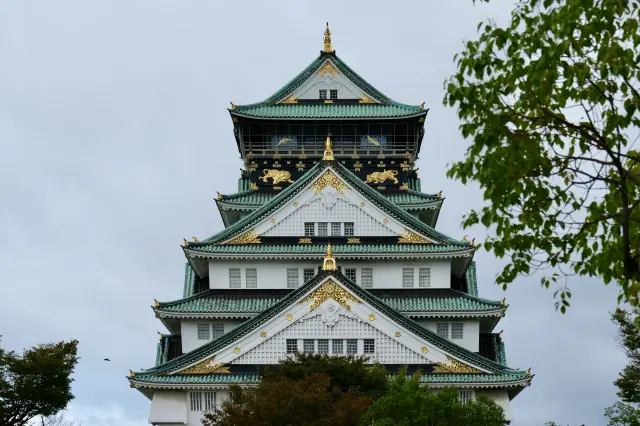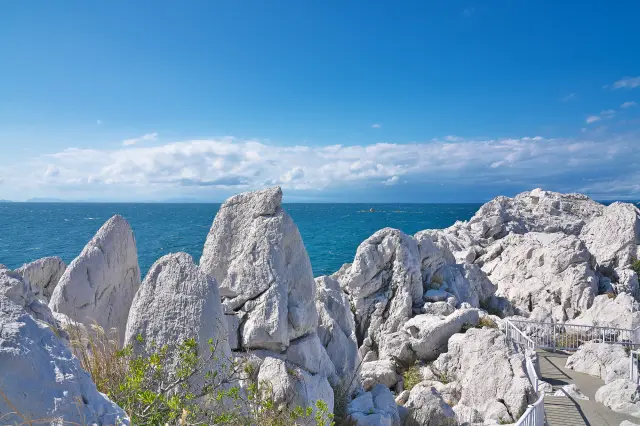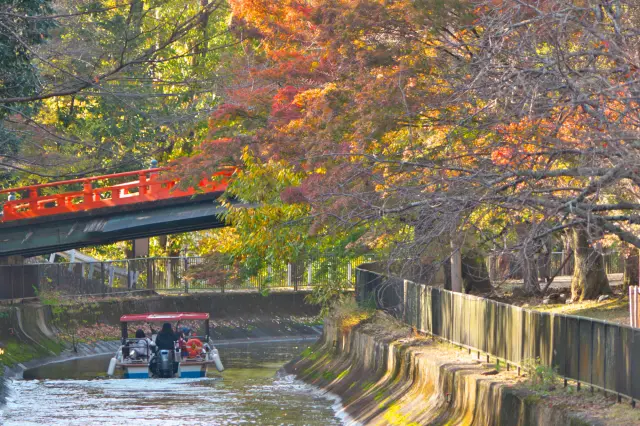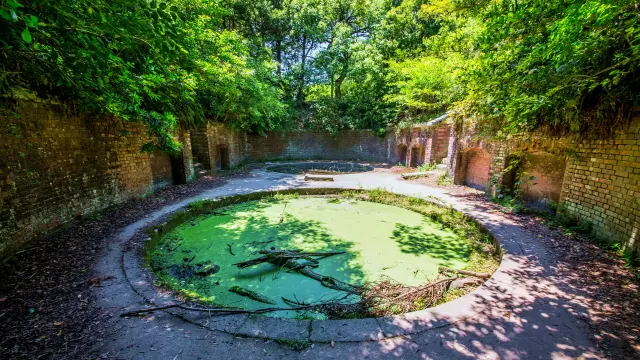 Search for Flights
Search for Flights
 Search for Hotels
Search for Hotels
 Check Exchange Rates
Check Exchange Rates
 Check the Weather
Check the Weather

Nachi no Dengaku
Last update
Wakayama Prefecture, Kansai
Nationally designated Important Intangible Folk Cultural Property, UNESCO Intangible Cultural Heritage
A ritual art that began more than 600 years ago and is performed at Kumano Nachi Taisha Grand Shrine. The light dancing in tune with the flutes is reminiscent of the middle ages, when the Dengaku was popular.
Nachi no Dengaku is performed at the annual festival held at Kumano Nachi Taisha Grand Shrine, one of the three Grand Shrines of Kumano. This performing art, which began over 600 years ago, is said to have originated from the Dengaku Dance, which was popular in Kyoto during the middle ages. Performers wear traditional costumes and dance to the tune of a flute, sometimes elegantly, sometimes rhythmically, resulting in a performance that attracts the audience with its somber yet energetic atmosphere. Nachikatsuura Town, where Kumano Nachi Taisha Grand Shrine is located, features charming sightseeing highlights such as famous hot springs and freshly-caught tuna. Please visit the town and enjoy these attractions.
Nachi no Dengaku is performed each year on July 14 at the fire festival of Kumano Nachi Taisha Grand Shrine, which is famous for its massive torches. This dance, with its origins in the Dengaku Dance popular in Kyoto, has been carried on for nearly 600 years.

The dynamic dance and brilliant red, yellow, and blue costumes are eye catching.
Nachi no Dengaku is strongly influenced by the Dengaku Dance, which was popular in Kyoto from the Heian Period (794 - 1185) to the Muromachi Period (1336 - 1573). Dancers left Mt. Nachisan due to the Ordinance Distinguishing Shinto and Buddhism, which was issued in the first year of the Meiji Period (1868), resulting in the ritual being abolished for a time. However, in 1921, after nearly 50 years, the Dengaku was revived by past performers, and the ritual was resumed. Currently, this performing art is faithfully passed down by a preservation association consisting mainly of Kumano Nachi Taisha Grand Shrine and locals.
Nachi no Dengaku is performed each year on July 14 at the annual festival of Kumano Nachi Taisha Grand Shrine called Nachi-no-Ogi Matsuri. During the festival, which is also known as the Nachi Fire Festival, 12 massive torches weighing over 50 kilograms each are lit, and then carried by the white costume-clad parishioners to purify the approach to the shrine. Many people from around Japan and the world visit the festival to receive a blessing.
The ritual, Intangible Cultural Heritage, features 12 performers dancing in time to the sound of a flute while beating binzasara and drums. Keep an eye on the subtle body language and movements.

Nachi no Dengaku is faithfully passed down by a preservation association consisting mainly of Kumano Nachi Taisha Grand Shrine and locals.
Nachi no Dengaku is performed by a total of 12 people playing the flute and ancient percussion instruments. The dancers wear traditional costumes, and perform in time to the flute in a somber yet energetic way. The performance covers 21 songs with titles such as Ranjo, Nokogiriba, and Yabyoshi, and is characterized by the formation changes for each song. Make sure to pay attention to the subtle body language and movements taken from the medieval Dengaku Dance.
This ritual was designated as an Important Intangible Folk Cultural Property by the Japanese government in 1976, and then registered as a UNESCO Intangible Cultural Heritage in 2012.
Pilgrimage connecting Kumano Nachi Taisha Grand Shrine, Kumano Hongu Taisha Grand Shrine, and Kumano Hayatama Taisha Grand Shrine. Come enjoy some of the best hot springs in Wakayama and the freshest tuna from Japan’s top tuna fishing grounds.

The ancient pilgrimage road to the three Grand Shrines of Kumano is enveloped in a bracing atmosphere.

Complete with open-air baths that overlook the ocean, the Katsuura Gyoen hot spring inn offers day-use baths.

Katsuura Fishing Port boasts the biggest catches of fresh tuna in Japan. The inns, eateries, and self-service sales locations in Nachikatsuura Town all offer fresh tuna.
Kumano Nachi Taisha Grand Shrine, where Nachi no Dengaku is performed, is situated in the southeastern part of the Kii Mountain Range, and connected to Kumano Hongu Taisha Grand Shrine and Kumano Hayatama Taisha Grand Shrine via the Nakahechi Pilgrimage Route. Together, they are known as the three Grand Shrines of Kumano, and have been visited by many worshippers since they became objects of faith around the middle of the Heian Period (794 - 1185).
The areas where the Kumano Kodo Pilgrimage Routes stretch, including the three shrines, were registered as a UNESCO World Heritage in 2004.
Nachikatsuura Town, where Kumano Nachi Taisha Grand Shrine is located, has many hot spring sources (177 as of March 2018) and is known as one of the most famous hot spring areas in Wakayama Prefecture. There are a seaside Nanki-Katsuura Onsen with its famous sodium chloride springs and a lakeside Nanki-Yukawa Onsen with the charm of the traditional hot spring town. The Hamayu Natural Hot Spring Public Bath, which offers a casual day-use bath, and the Umi-no-yu and Maguro-no-yu, public foot baths where you can easily enjoya hot spring for free, are popular. Staying at a hot spring inn such as Katsuura Gyoen to enjoy a relaxing soak in the springs is also recommended.
Don’t miss the chance to try fresh tuna from Japan’s top tuna fishing grounds. There are many fresh tuna specialty restaurants near Katsuura Fishing Port where you can enjoy incredibly fresh tuna at reasonable prices.
Photos:Kumano Nachi Taisha Grand Shrine/Wakayama Tourism Federation/@NACKT
Check also...

Discover Kansai & Shikoku in 3 Days: From Osaka Castle to Tokushima’s Awa Odori Dance

5 Local Experiences Not Found in Guidebooks: Wakayama Edition

3 Spots with Timeless Landscapes for Appreciating Kansai’s Rich History

Perfect for a Day Trip from Osaka! Photogenic Locations on the Uninhabited Islands of Tomogashima

The Basics of Shrine Visiting! Must-Know Information and Some Recommended Shrines in Japan
![Take a leisurely stroll in the retro and fashionable space [Kuroe, the town of Kishu lacquerware]](/kansaiguide/data/article/21000/20278/20250618_133123_770e1e88_w640.webp)
Take a leisurely stroll in the retro and fashionable space [Kuroe, the town of Kishu lacquerware]

Consider your accommodation in the Kansai area!

